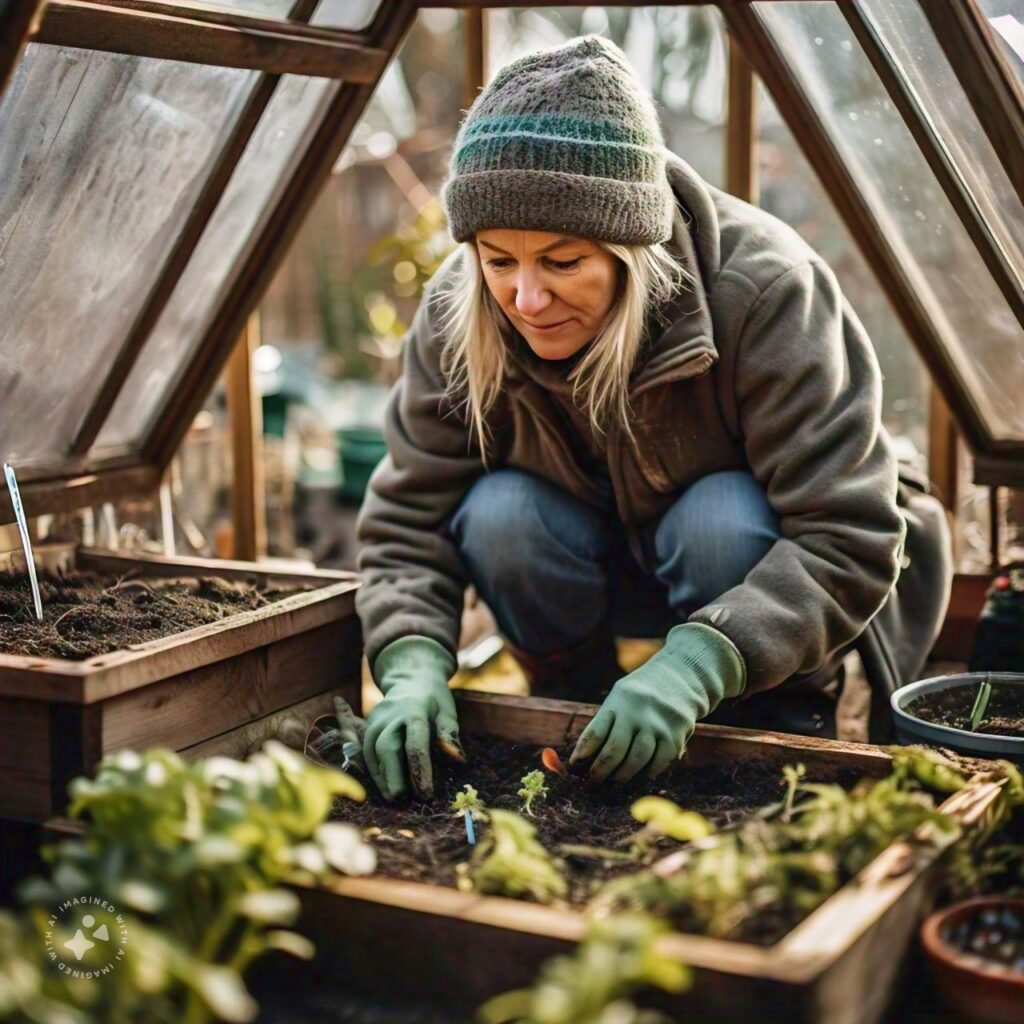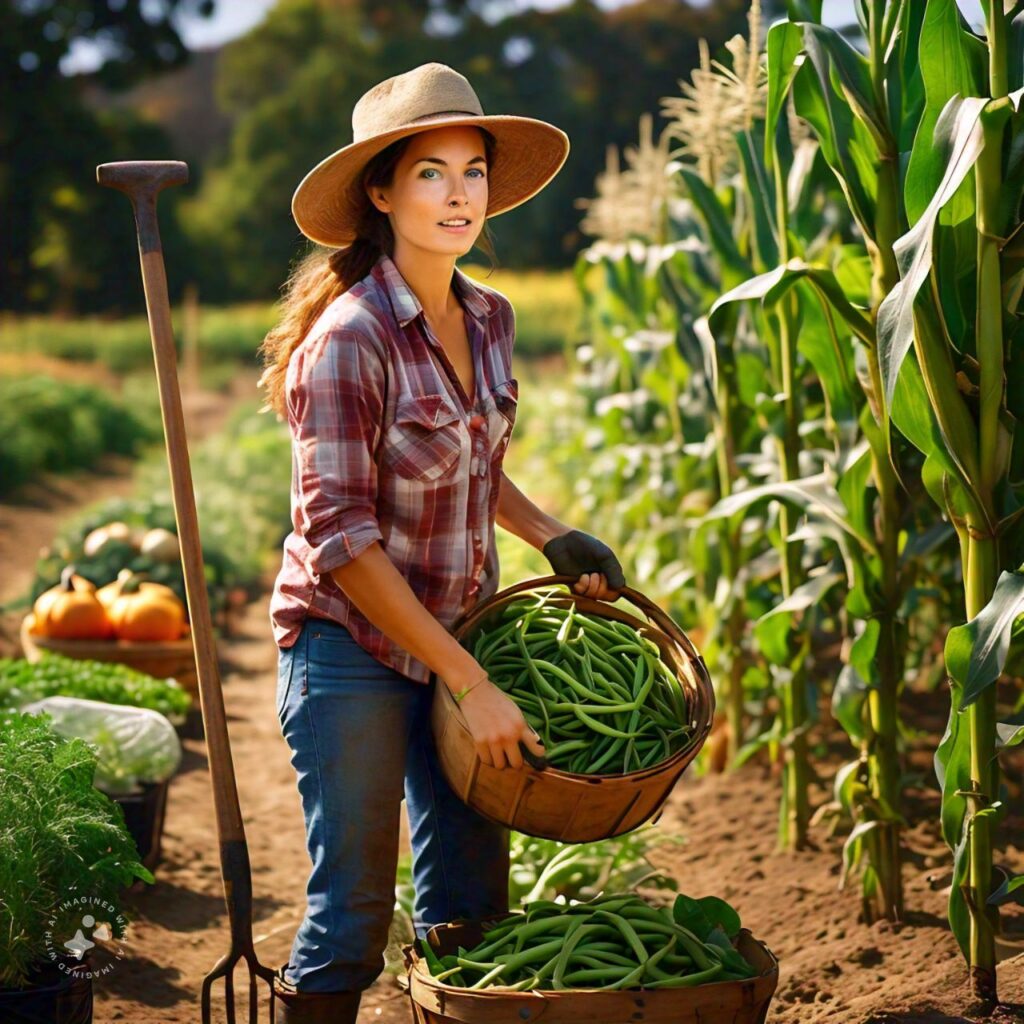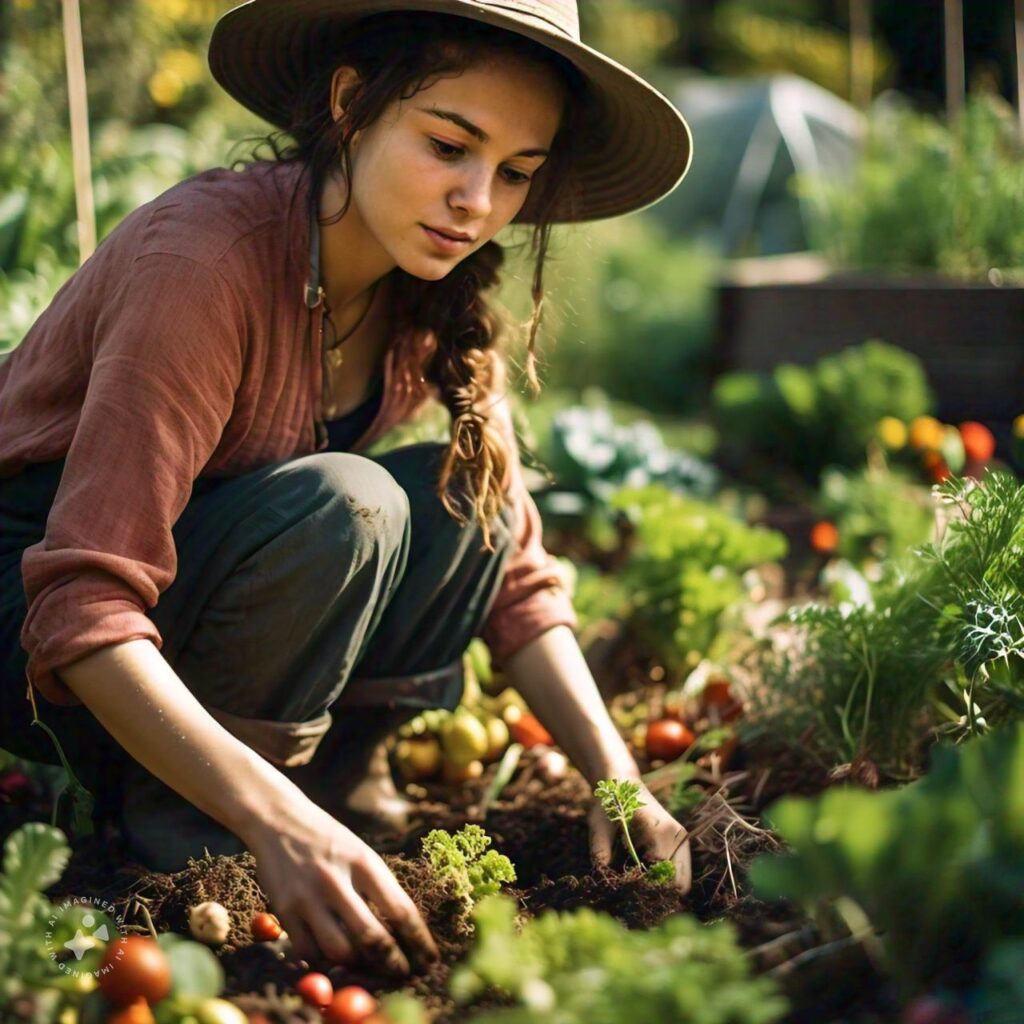Gardening is an art that brings us closer to nature, offering us the chance to nurture life, provide sustenance, and add beauty to our surroundings. But for those of us who live in regions where cold weather can be unforgiving, gardening can become a seasonal activity, limited to the warmer months. Fortunately, cold frame gardening offers an effective solution, allowing us to extend the growing season and cultivate plants year-round.
What is Cold Frame Gardening?
A cold frame is a simple, transparent-roofed enclosure that uses solar energy and insulation to create a microclimate conducive to growing plants. But, it acts as a mini-greenhouse, trapping warmth and protecting plants from harsh weather conditions. Typically constructed from wood, bricks, or cinder blocks with a glass or clear plastic top, cold frames are designed to protect plants from the elements while allowing sunlight to penetrate and warm the soil.
Cold frames are an excellent tool for gardeners who want to start planting earlier in the spring, continue harvesting later into the fall, or even grow certain crops throughout the winter. By regulating temperature and humidity levels, cold frames create a stable environment that supports plant growth even when outdoor conditions are less than ideal.
Benefits of Cold Frame Gardening
1. Extended Growing Season
One of the most significant advantages of cold frame gardening is the ability to extend the growing season. With a cold frame, you can start planting seeds earlier in the spring and continue growing crops well into the fall and winter. But, this means you’ll have access to fresh vegetables and herbs for a more extended period, reducing your reliance on store-bought produce.
2. Protection from Frost and Pests
Cold frames provide a protective barrier against frost, which can damage or kill tender plants. By maintaining a more stable temperature inside the frame, so you can protect your crops from sudden cold snaps. Additionally, cold frames act as a physical barrier against pests such as insects, birds, and small mammals, helping to safeguard your plants from damage.
3. Improved Seed Germination
The controlled environment of a cold frame promotes better seed germination. The warmth and humidity inside the frame create optimal conditions for seeds to sprout and thrive. This is especially beneficial for starting seeds early in the season, giving your plants a head start before transplanting them into the garden.
4. Year-Round Harvest
With the right planning and crop selection, cold frame gardening can provide you with a continuous harvest throughout the year. Hardy vegetables like spinach, kale, and carrots can thrive in cold frames even during the winter months. By rotating crops and utilizing succession planting techniques, so you can enjoy fresh produce no matter the season.

How to Build a Cold Frame
Building a cold frame is a straightforward project that requires only a few materials and some basic carpentry skills. Here’s a step-by-step guide to constructing your own cold frame:
1. Choose the Right Location
Select a location for your cold frame that receives plenty of sunlight, especially during the winter months when daylight is limited. A south-facing spot is ideal as it maximizes exposure to the sun’s rays. Similarly, ensure the ground is level and well-drained to prevent water from accumulating inside the frame.
2. Gather Materials
You will need the following materials to build your cold frame:
- Wooden planks or bricks for the frame
- Clear plastic or glass for the lid
- Hinges for attaching the lid to the frame
- Nails, screws, and a hammer or screwdriver
- Weather stripping or caulk to seal gaps
3. Construct the Frame
Cut the wooden planks to the desired dimensions for your cold frame. A typical cold frame is about 3-4 feet wide and 6-8 feet long, but you can adjust the size based on your available space and needs. Assemble the planks into a rectangular frame using nails or screws. If using bricks, stack them securely to form the frame.
4. Attach the Lid
Cut the clear plastic or glass to fit the top of the frame. But, attach it to the frame using hinges, allowing the lid to open and close easily. Ensure the lid fits snugly to prevent heat from escaping. Use weather stripping or caulk to seal any gaps between the lid and the frame.
5. Insulate and Ventilate
To maintain consistent temperatures inside the cold frame, so you can add insulation around the sides. Straw bales, hay, or even bubble wrap can be used to insulate the frame. Proper ventilation is also essential to prevent overheating. On sunny days, prop the lid open slightly to allow excess heat to escape.
Best Plants for Cold Frame Gardening
While many plants can benefit from the protection of a cold frame, some are particularly well-suited to this method of gardening. Here are a few crops that thrive in cold frames:
1. Leafy Greens
Leafy greens like lettuce, spinach, and kale are ideal candidates for cold frame gardening. So, these hardy vegetables can tolerate lower temperatures and continue to produce fresh, tender leaves even in cold weather.
2. Root Vegetables
Root vegetables such as carrots, radishes, and beets do well in the controlled environment of a cold frame. The consistent warmth helps them develop strong, healthy roots, while the protection from frost ensures a prolonged harvest.
3. Herbs
Many herbs, including parsley, cilantro, and thyme, can be grown in cold frames. But, these plants benefit from the extra warmth and protection, allowing you to enjoy fresh herbs year-round.
4. Brassicas
Brassicas like broccoli, cauliflower, and cabbage thrive in cool conditions and are perfect for cold frame gardening. So, these vegetables can withstand light frosts and continue to grow throughout the fall and early winter.
Cold Frame Maintenance and Care
To ensure your cold frame remains effective throughout the growing season, regular maintenance is essential. Here are a few tips for keeping your cold frame in top condition:
1. Monitor Temperature
Regularly check the temperature inside the cold frame, especially during the warmer months. So, if temperatures rise too high, it can stress the plants and hinder growth. Use a thermometer to monitor the internal temperature and ventilate as needed.
2. Watering
Plants in cold frames require regular watering, especially since they are shielded from natural rainfall. Check the soil moisture level frequently and water as necessary. But, be careful not to overwater, as excessive moisture can lead to root rot and fungal diseases.
3. Pest Control
While cold frames offer protection from many pests, some insects may still find their way inside. Inspect your plants regularly for signs of pests and take appropriate measures to control them. Hence, organic insecticidal soaps or natural predators can be effective in managing pest populations.
4. Seasonal Adjustments
As the seasons change, you may need to make adjustments to your cold frame. In the summer, consider removing the lid entirely or replacing it with shade cloth to prevent overheating. In the winter, add extra insulation or cover the frame with blankets during particularly cold nights.
Conclusion
Cold frame gardening is a versatile and rewarding technique that allows gardeners to extend the growing season, protect plants from harsh weather, and enjoy fresh produce year-round. By following the tips and guidelines outlined in this article, you can successfully build and maintain a cold frame, ensuring a bountiful harvest regardless of the season.




One Comment